-


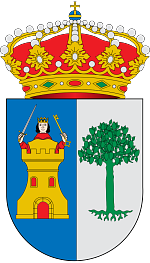
 Welcome To
Welcome To PuertoLumbreras
PuertoLumbreras


 Welcome To
Welcome To PuertoLumbreras
PuertoLumbreras
- Region
- Águilas
- Alhama de Murcia
- Jumilla
- Lorca
- Los Alcázares
- Mazarrón
- San Javier
-
ALL AREAS & TOWNS
- AREAS
- SOUTH WEST
- MAR MENOR
- MURCIA CITY & CENTRAL
- NORTH & NORTH WEST
- TOWNS
- Abanilla
- Abarán
- Aguilas
- Alamillo
- Alcantarilla
- Aledo
- Alhama de Murcia
- Archena
- Balsicas
- Blanca
- Bolnuevo
- Bullas
- Cañadas del Romero
- Cabo de Palos
- Calasparra
- Camping Bolnuevo
- Campo De Ricote
- Camposol
- Canada De La Lena
- Caravaca de la Cruz
- Cartagena
- Cehegin
- Ceuti
- Cieza
- Condado de Alhama
- Corvera
- Costa Cálida
- Cuevas De Almanzora
- Cuevas de Reyllo
- El Carmoli
- El Mojon
- El Molino (Puerto Lumbreras)
- El Pareton / Cantareros
- El Raso
- El Valle Golf Resort
- Fortuna
- Fuente Alamo
- Hacienda del Alamo Golf Resort
- Hacienda Riquelme Golf Resort
- Isla Plana
- Islas Menores & Mar de Cristal
- Jumilla
- La Azohia
- La Charca
- La Manga Club
- La Manga del Mar Menor
- La Pinilla
- La Puebla
- La Torre
- La Torre Golf Resort
- La Unión
- Las Palas
- Las Ramblas
- Las Ramblas Golf
- Las Torres de Cotillas
- Leiva
- Librilla
- Lo Pagan
- Lo Santiago
- Lorca
- Lorquí
- Los Alcázares
- Los Balcones
- Los Belones
- Los Canovas
- Los Nietos
- Los Perez (Tallante)
- Los Urrutias
- Los Ventorrillos
- Mar De Cristal
- Mar Menor
- Mar Menor Golf Resort
- Mazarrón
- Mazarrón Country Club
- Molina de Segura
- Moratalla
- Mula
- Murcia City
- Murcia Property
- Pareton
- Peraleja Golf Resort
- Perin
- Pilar de la Horadada
- Pinar de Campoverde
- Pinoso
- Playa Honda
- Playa Honda / Playa Paraíso
- Pliego
- Portmán
- Pozo Estrecho
- Puerto de Mazarrón
- Puerto Lumbreras
- Puntas De Calnegre
- Region of Murcia
- Ricote
- Roda Golf Resort
- Roldan
- Roldan and Lo Ferro
- San Javier
- San Pedro del Pinatar
- Santiago de la Ribera
- Sierra Espuña
- Sucina
- Tallante
- Terrazas de la Torre Golf Resort
- Torre Pacheco
- Totana
- What's On Weekly Bulletin
- Yecla


- EDITIONS:
 Spanish News Today
Spanish News Today
 Alicante Today
Alicante Today
 Andalucia Today
Andalucia Today
HOME > MURCIA SOUTH WEST > PUERTO LUMBRERAStownPuerto Lumbreras Today
Introduction: Puerto Lumbreras
The municipality of Puerto Lumbreras, which occupies 338 square kilometres, lies in the south-west of the Region of
 Murcia on the border with Andalucía and is surrounded on three sides by the Lorca municipality and on its western border joins with Huércal Overa in Almería. It is home to approximately 15,000 people, the majority of whom live in the town itself, and its location on the main route between Murcia and the Andalucían cities of Granada and Seville has made it a logical stopping point for travellers for many centuries.
Murcia on the border with Andalucía and is surrounded on three sides by the Lorca municipality and on its western border joins with Huércal Overa in Almería. It is home to approximately 15,000 people, the majority of whom live in the town itself, and its location on the main route between Murcia and the Andalucían cities of Granada and Seville has made it a logical stopping point for travellers for many centuries.Until recently Puerto Lumbreras was known for its ceramics and other craftwork, and it's still
 not hard to pick up gifts and souvenirs, but nowadays visitors to the town are also attracted by the reconstruction of the Moorish castle standing on the hill behind the old town centre. This central area also includes the Casa de los Duendes, La Casa del Cura, the parish church dedicated to Nuestra Señora del Rosario, and various other buildings which illustrate the history and traditions of this former frontier settlement.
not hard to pick up gifts and souvenirs, but nowadays visitors to the town are also attracted by the reconstruction of the Moorish castle standing on the hill behind the old town centre. This central area also includes the Casa de los Duendes, La Casa del Cura, the parish church dedicated to Nuestra Señora del Rosario, and various other buildings which illustrate the history and traditions of this former frontier settlement.Along with Lorca and Águilas, Puerto Lumbreras forms part of the Alto Guadalentín area of Murcia, and shares with these two neighbours a landscape which alternates between mountains such as the Cabezo de la Jara (1,242 metres) - which features an astronomical observatory - and the fertile lowlands of the Guadalentín valley: these predominate in the El Esparragal and Puerto Adentro districts, and provide land for the cultivation of crops including lettuces, melons and flowers.
 Through the centre of the town runs the Rambla de Nogalte, which was vital to the growth of Puerto Lumbreras in the 18th century when underground water sources were tapped to support the growing population. However, the rambla has not always been positive in the area’s development: on 19th October 1973, flash flooding during a “gota fría” resulted in 85 lives being lost and devastating economic losses.
Through the centre of the town runs the Rambla de Nogalte, which was vital to the growth of Puerto Lumbreras in the 18th century when underground water sources were tapped to support the growing population. However, the rambla has not always been positive in the area’s development: on 19th October 1973, flash flooding during a “gota fría” resulted in 85 lives being lost and devastating economic losses. The rambla and the castle are the two dominant features not only in the town today but also in its history, which began during the period of the Argaric culture in the second millennium BC. There were various human settlements in the area of Puerto Lumbreras, not only in fortified villages on the hilltops but also on the well protected plain. When the Romans arrived in Spain, though, the area was severely de-populated, possibly because the main communications route, the Via Augusta, passed through La Parroquia on its way between Lorca and Vélez Rubio rather than following this southern route through the mountains.
The rambla and the castle are the two dominant features not only in the town today but also in its history, which began during the period of the Argaric culture in the second millennium BC. There were various human settlements in the area of Puerto Lumbreras, not only in fortified villages on the hilltops but also on the well protected plain. When the Romans arrived in Spain, though, the area was severely de-populated, possibly because the main communications route, the Via Augusta, passed through La Parroquia on its way between Lorca and Vélez Rubio rather than following this southern route through the mountains.The Moors came to the area in the 8th century and later built the Nogalte castle to control the frontier with the Kingdom of Granada, and the network of defences was completed by towers in El Esparragal and La Hoya.
 After the Reconquista in the 13th century Puerto Lumbreras was a frontier town between the Christians and the Moors, and this dangerous location made it an unattractive place for people to live and for an economy to develop despite the protection afforded by the castle. However, in the 18th century the population finally grew and became stable, many inhabitants living in the cave houses just below the castle. Some of these cave houses have been converted into an interesting ethnographic museum, for which guided visits can be arranged via the tourist office, and it was around the time when they were first inhabited that the name of the town was changed from Puerto Nogalte to Puerto Lumbreras. In the same period the church was built, agriculture and craftsmanship prospered, and the water supply was improved.
After the Reconquista in the 13th century Puerto Lumbreras was a frontier town between the Christians and the Moors, and this dangerous location made it an unattractive place for people to live and for an economy to develop despite the protection afforded by the castle. However, in the 18th century the population finally grew and became stable, many inhabitants living in the cave houses just below the castle. Some of these cave houses have been converted into an interesting ethnographic museum, for which guided visits can be arranged via the tourist office, and it was around the time when they were first inhabited that the name of the town was changed from Puerto Nogalte to Puerto Lumbreras. In the same period the church was built, agriculture and craftsmanship prospered, and the water supply was improved.
In fact, the water supply and the name of the town are closely connected, as it was through "lumbreras" (or lamp-holes) that the Moors first gathered water from an underground source beneath the bed of the Rambla de Nogalte.Like every town in the Region of Murcia Puerto Lumbreras welcomes visitors all year round, but especially during the Fiestas Patronales in October and the Easter Week processions. Among the traditional gastronomic dishes of Puerto Lumbreras are migas, which fill the stomach on cold, rainy days, and the pork products consumed at “matanzas”, although the locals are also fond of a couple of confectionary specialities!
Where is Puerto Lumbreras?
Click for map, Puerto Lumbreras.
SELECT A SUBJECT OR READ THE LATEST TOWN ARTICLES BELOWMonuments, what to seeTourist InformationCultural Venues, Public areasPedanías, outlying districtsHistorical backgroundWhats On Puerto LumbrerasLocal News and Community InfoPolice, Town Hall, Useful NumbersFiestas and traditionsMedical and Doctors informationFood, markets and shoppingProperty in Puerto LumbrerasPUERTO LUMBRERAS
Monuments, what to seeTourist InformationCultural Venues, Public areasPedanías, outlying districtsHistorical backgroundWhats On Puerto LumbrerasLocal News and Community InfoPolice, Town Hall, Useful NumbersFiestas and traditionsMedical and Doctors informationFood, markets and shoppingProperty in Puerto Lumbreras Christmas holidays and final public holidays for 2025 in MurciaHere’s when schools break up and which towns still have one more festive day off With Christmas fast approaching, families across the Region of Murcia are getting ready to wind down, finalise travel plans and make the most of the festive season... 16/12/2025
Christmas holidays and final public holidays for 2025 in MurciaHere’s when schools break up and which towns still have one more festive day off With Christmas fast approaching, families across the Region of Murcia are getting ready to wind down, finalise travel plans and make the most of the festive season... 16/12/2025 Harness the power of the sun with Ecocorp Solar in Puerto LumbrerasExpert solar solutions with top-quality equipment and personalised service If you’re thinking about solar energy, there’s never been a better time to go solar in sunny southern Spain. Ecocorp Solar recently completed their second installation.. 03/09/2025
Harness the power of the sun with Ecocorp Solar in Puerto LumbrerasExpert solar solutions with top-quality equipment and personalised service If you’re thinking about solar energy, there’s never been a better time to go solar in sunny southern Spain. Ecocorp Solar recently completed their second installation.. 03/09/2025 Until December 24 Visit Father Christmas at Parque Almenara shopping centre, LorcaThe jolly fat man is available to visit every day up to and including Christmas Eve, before he has to go and deliver his presents Santa Claus is at his grotto at the Parque Almenara shopping centre in Lorca this week, and is accepting visits from..
Until December 24 Visit Father Christmas at Parque Almenara shopping centre, LorcaThe jolly fat man is available to visit every day up to and including Christmas Eve, before he has to go and deliver his presents Santa Claus is at his grotto at the Parque Almenara shopping centre in Lorca this week, and is accepting visits from..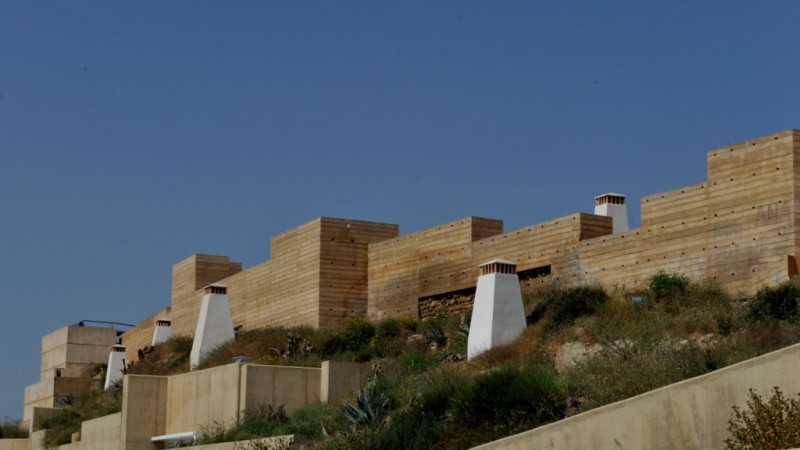 What to see in Puerto Lumbreras What to visit and what to buy when visiting Puerto Lumbreras The municipality of Puerto Lumbreras lies in the south-west of the Region of Murcia and features a landscape which alternates between mountains such as the Cabezo de la Jara (1,242 metres above..
What to see in Puerto Lumbreras What to visit and what to buy when visiting Puerto Lumbreras The municipality of Puerto Lumbreras lies in the south-west of the Region of Murcia and features a landscape which alternates between mountains such as the Cabezo de la Jara (1,242 metres above..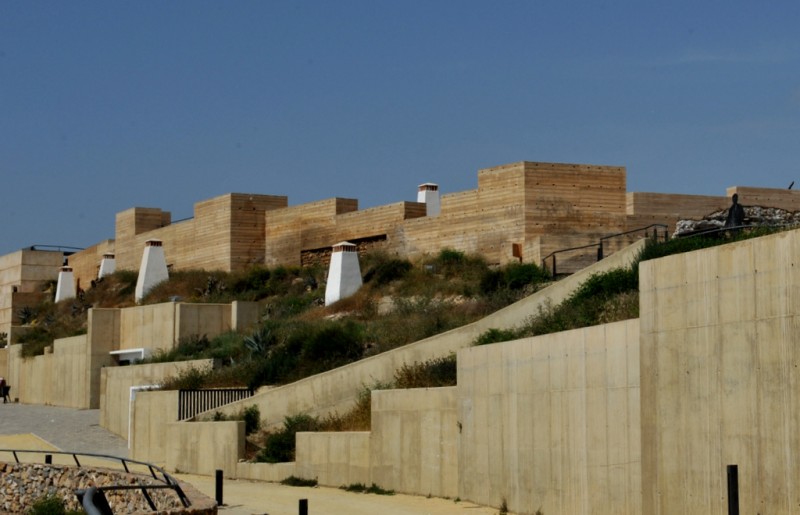 Medina Nogalte, the castle of Puerto Lumbreras The most important visitor attraction in Puerto Lumbreras The castle of Nogalte in Puerto Lumbreras in its current form is a reconstruction based on the remains of an Islamic fortress which was built by the Moors at some point in the late 12th or early..
Medina Nogalte, the castle of Puerto Lumbreras The most important visitor attraction in Puerto Lumbreras The castle of Nogalte in Puerto Lumbreras in its current form is a reconstruction based on the remains of an Islamic fortress which was built by the Moors at some point in the late 12th or early.. Sweet pastries in Puerto Lumbreras Postre-chino, Albóndigas and Torta de Pascua are all worth purchasing if you visit Puerto Lumbreras Seeking out gastronomic treats and local specialities is an essential part of visiting any new town, and it’s always worth checking out..
Sweet pastries in Puerto Lumbreras Postre-chino, Albóndigas and Torta de Pascua are all worth purchasing if you visit Puerto Lumbreras Seeking out gastronomic treats and local specialities is an essential part of visiting any new town, and it’s always worth checking out..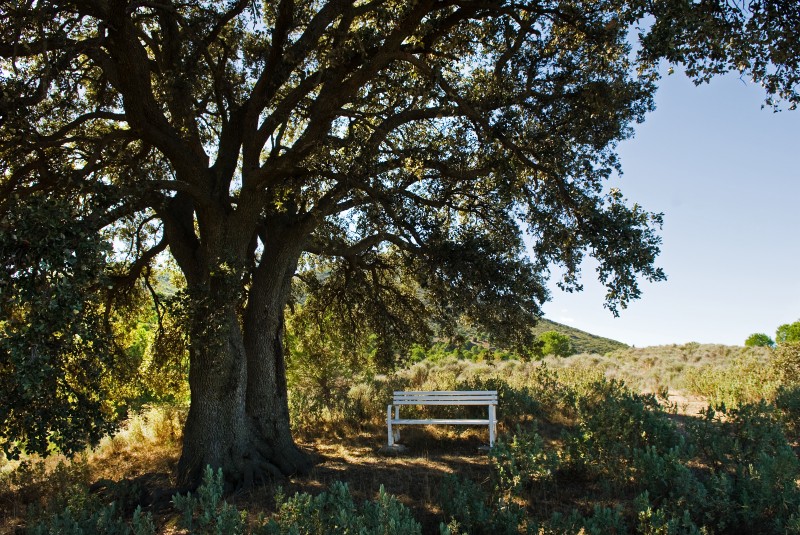 Outlying districts of Puerto Lumbreras: Cabezo de la Jara Rural tourism and an astronomical observatory in the mountains of Puerto Lumbreras Cabezo de la Jara is the district of Puerto Lumbreras which occupies the mountains to the north-west of the town, reaching a maximum altitude of 1,242 metres above sea..
Outlying districts of Puerto Lumbreras: Cabezo de la Jara Rural tourism and an astronomical observatory in the mountains of Puerto Lumbreras Cabezo de la Jara is the district of Puerto Lumbreras which occupies the mountains to the north-west of the town, reaching a maximum altitude of 1,242 metres above sea..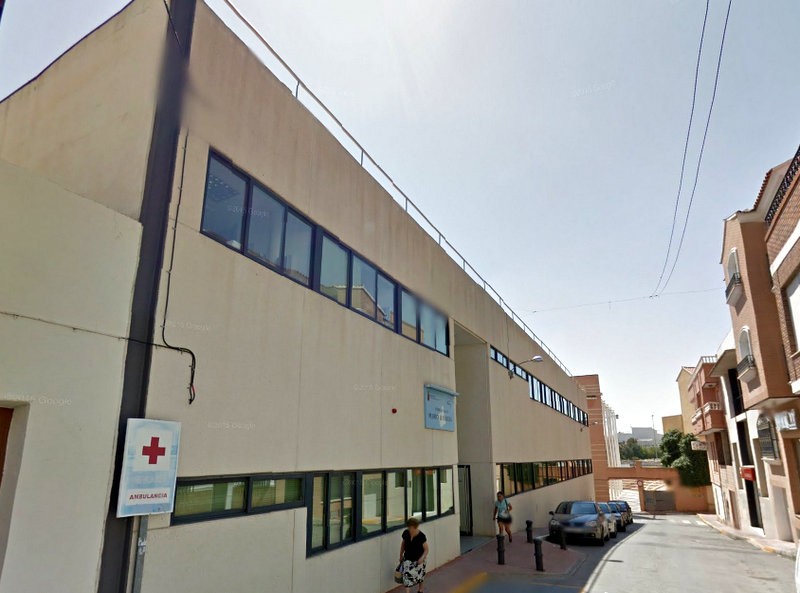 Medical centre in Puerto Lumbreras The public health centre of Puerto Lumbreras is next to the Town Hall The public health service medical centre of Puerto Lumbreras is located on Calle Río Segura, next to the Town Hall and the municipal library in the centre of the town on the..
Medical centre in Puerto Lumbreras The public health centre of Puerto Lumbreras is next to the Town Hall The public health service medical centre of Puerto Lumbreras is located on Calle Río Segura, next to the Town Hall and the municipal library in the centre of the town on the..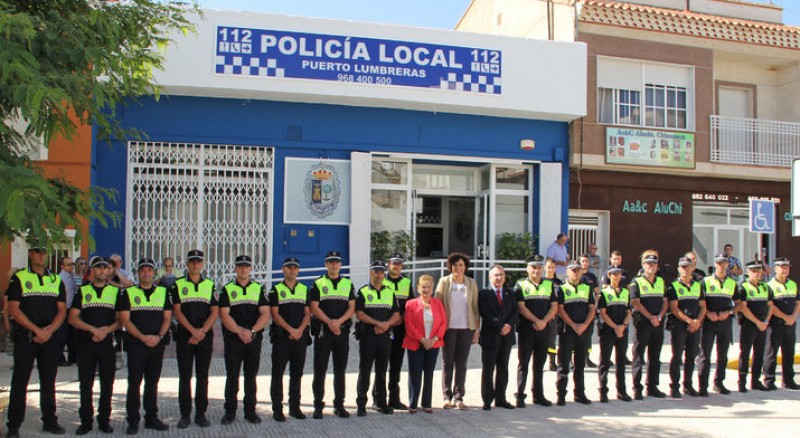 Local police and Guardia Civil in Puerto Lumbreras The emergency services line for the whole of Spain is 112 The headquarters of the Policía Local in Puerto Lumbreras are located at Avenida Dr. Salvador Caballero García, 55 (telephone 968 400500), while the Guardia Civil office is at Calle..
Local police and Guardia Civil in Puerto Lumbreras The emergency services line for the whole of Spain is 112 The headquarters of the Policía Local in Puerto Lumbreras are located at Avenida Dr. Salvador Caballero García, 55 (telephone 968 400500), while the Guardia Civil office is at Calle..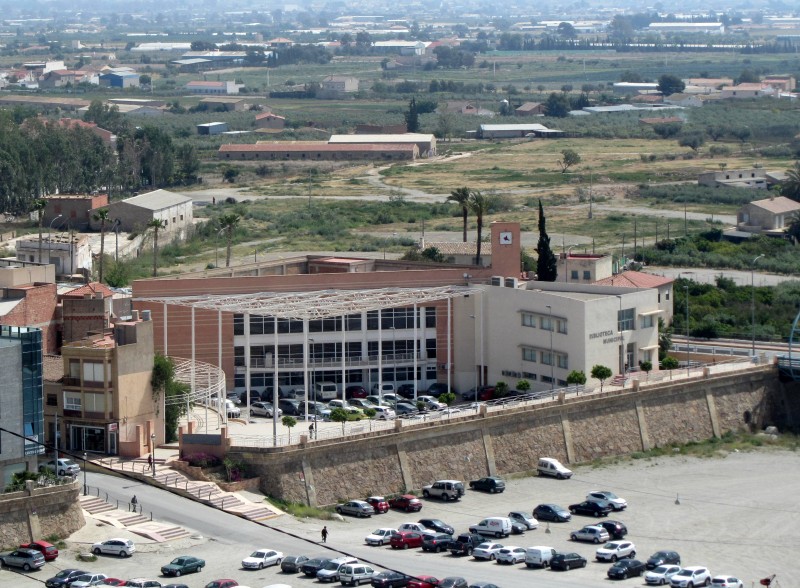 The Town Hall of Puerto Lumbreras The Town Hall stands alongside the Rambla de Nogalte in Puerto Lumbreras The Town Hall of Puerto Lumbreras is close to the north-eastern bank of the Rambla de Nogalte in a modern building which stands alongside the municipal library. The offices are..
The Town Hall of Puerto Lumbreras The Town Hall stands alongside the Rambla de Nogalte in Puerto Lumbreras The Town Hall of Puerto Lumbreras is close to the north-eastern bank of the Rambla de Nogalte in a modern building which stands alongside the municipal library. The offices are..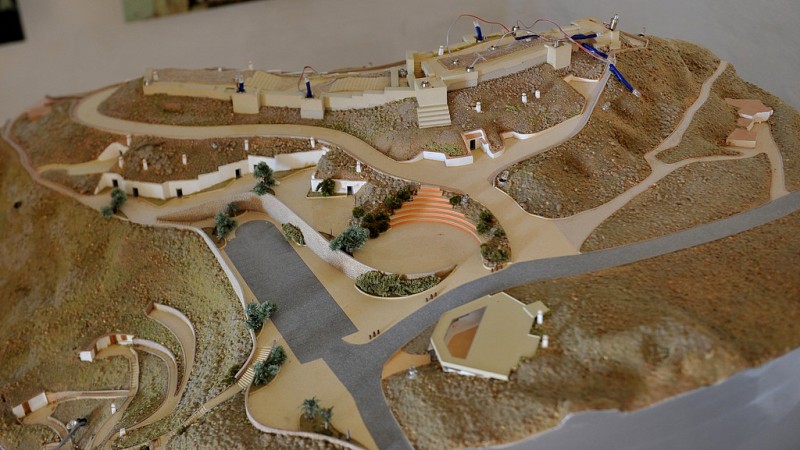 A history of Puerto Lumbreras The story of Puerto Lumbreras is inextricably linked to the Rambla de Nogalte In one way the municipality of Puerto Lumbreras in the south-west of the Region of Murcia is one of the newest in the Region of Murcia, having been awarded the right to its own..
A history of Puerto Lumbreras The story of Puerto Lumbreras is inextricably linked to the Rambla de Nogalte In one way the municipality of Puerto Lumbreras in the south-west of the Region of Murcia is one of the newest in the Region of Murcia, having been awarded the right to its own..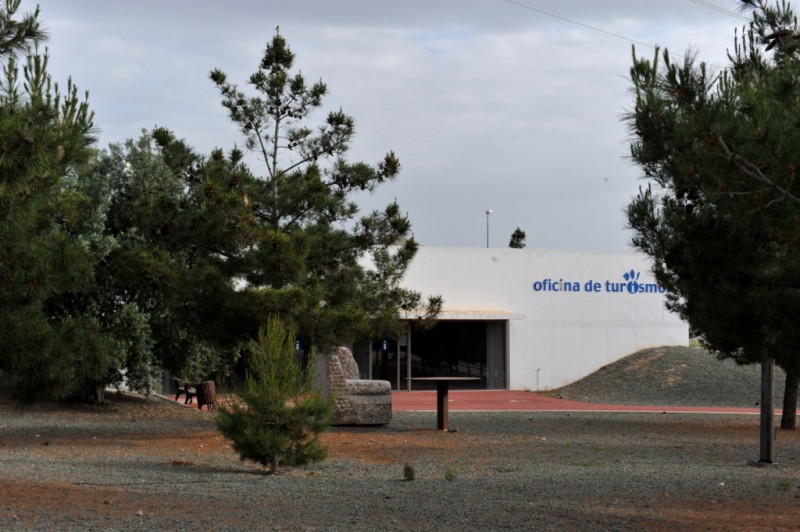 Puerto Lumbreras Tourist Information Office Oficina de Turismo de Puerto Lumbreras The municipality of Puerto Lumbreras lies in the south-west of the Region of Murcia on the border with Andalucía, and features a landscape which alternates between mountains such as the Cabezo de la Jara..
Puerto Lumbreras Tourist Information Office Oficina de Turismo de Puerto Lumbreras The municipality of Puerto Lumbreras lies in the south-west of the Region of Murcia on the border with Andalucía, and features a landscape which alternates between mountains such as the Cabezo de la Jara..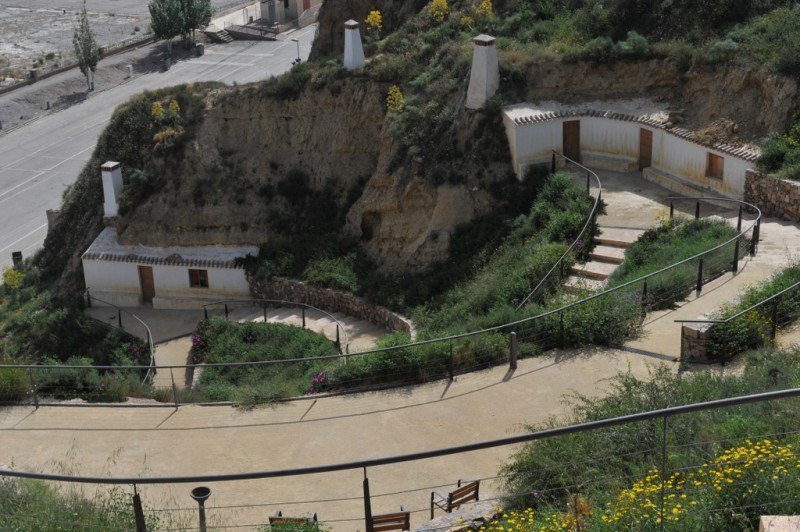 The cave houses of Puerto Lumbreras An ethnographic museum now occupies some of the restored cave homes of Nogalte Puerto Lumbreras is home to an interesting and unusual museum complex housed within a number of restored cave houses, cut into the hillside surrounding the former Moorish fortress..
The cave houses of Puerto Lumbreras An ethnographic museum now occupies some of the restored cave homes of Nogalte Puerto Lumbreras is home to an interesting and unusual museum complex housed within a number of restored cave houses, cut into the hillside surrounding the former Moorish fortress..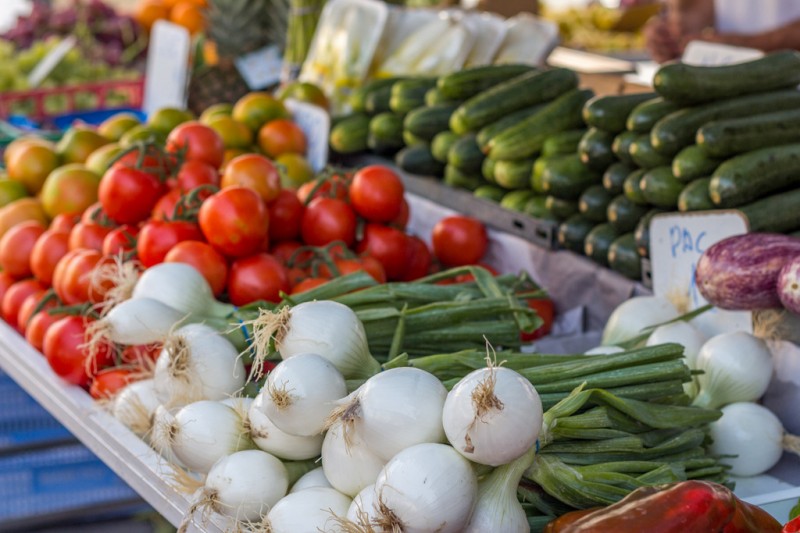 Weekly street market in Puerto Lumbreras Friday is market day in the centre of Puerto Lumbreras The weekly market in Puerto Lumbreras is held on Friday mornings, providing a chance to purchase fresh vegetables from the surrounding agricultural land as well as a wide variety of other foodstuffs..
Weekly street market in Puerto Lumbreras Friday is market day in the centre of Puerto Lumbreras The weekly market in Puerto Lumbreras is held on Friday mornings, providing a chance to purchase fresh vegetables from the surrounding agricultural land as well as a wide variety of other foodstuffs..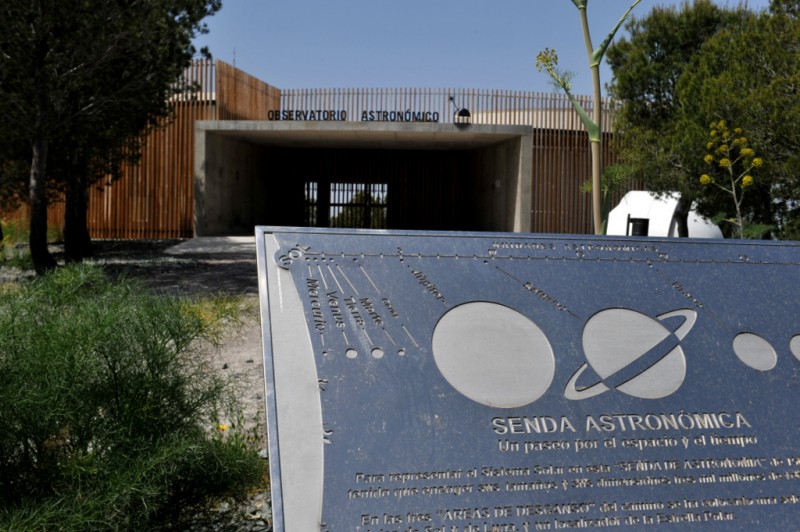 The astronomical observatory of Cabezo de la Jara in Puerto Lumbreras The mountains of Cabezo de la Jara reach an altitude of over 1,200 metres The municipality of Puerto Lumbreras features a variety of contrasting landscapes, and one of the most attractive is to be found in the mountains which stand to the north-west..
The astronomical observatory of Cabezo de la Jara in Puerto Lumbreras The mountains of Cabezo de la Jara reach an altitude of over 1,200 metres The municipality of Puerto Lumbreras features a variety of contrasting landscapes, and one of the most attractive is to be found in the mountains which stand to the north-west..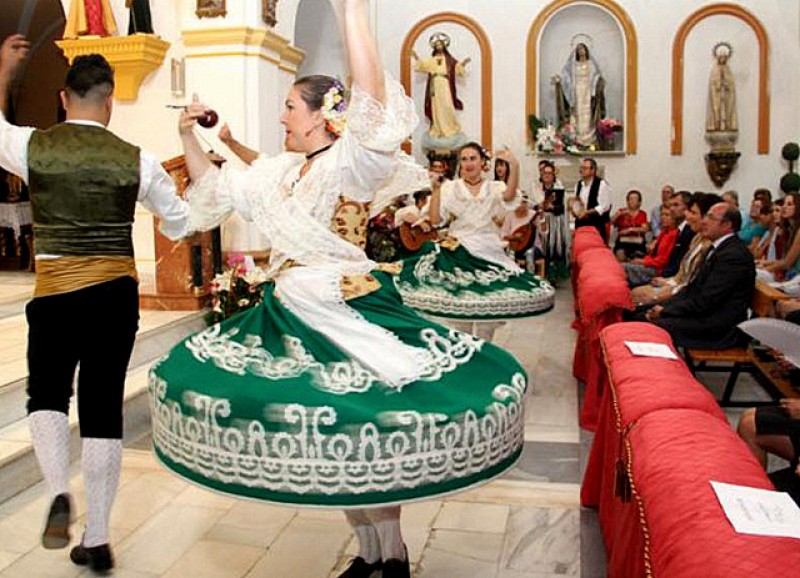 The church of Nuestra Señora del Rosario in Puerto Lumbreras The 15th-century bell is the oldest part of the 18th-century parish church of Puerto Lumbreras The parish church of Puerto Lumbreras is dedicated to Nuestra Señora del Rosario, and stands in on the south-western side of the Rambla de Nogalte..
The church of Nuestra Señora del Rosario in Puerto Lumbreras The 15th-century bell is the oldest part of the 18th-century parish church of Puerto Lumbreras The parish church of Puerto Lumbreras is dedicated to Nuestra Señora del Rosario, and stands in on the south-western side of the Rambla de Nogalte..town
town
town
Contact Murcia Today: Editorial 000 000 000 / Office 000 000 000News Puerto Lumbreras Whats On Puerto Lumbreras Where To Go Puerto Lumbreras Andalucia News Puerto Lumbreras Alicante News Puerto Lumbreras Lifestyle Puerto Lumbreras Spanish News Puerto Lumbreras Property Listings Puerto Lumbreras Weather Puerto Lumbreras Spanish Lifestyle Puerto Lumbreras Spanish Travel & Tourism Puerto Lumbreras Spanish Arts & Culture Puerto Lumbreras Spanish Weather Puerto Lumbreras Andalucia Weather Puerto Lumbreras Andalucia Lifestyle Puerto Lumbreras Andalucia Travel & Tourism Puerto Lumbreras Andalucia Arts & Culture Puerto Lumbreras Alicante Whats On Puerto Lumbreras Alicante Where To Go Puerto Lumbreras Alicante Lifestyle Puerto Lumbreras Alicante Weather Puerto Lumbreras Alicante Property Puerto Lumbreras Property News Puerto Lumbreras Motoring & Travel Puerto Lumbreras Spanish Property News Puerto Lumbreras Car Sales Puerto Lumbreras






















